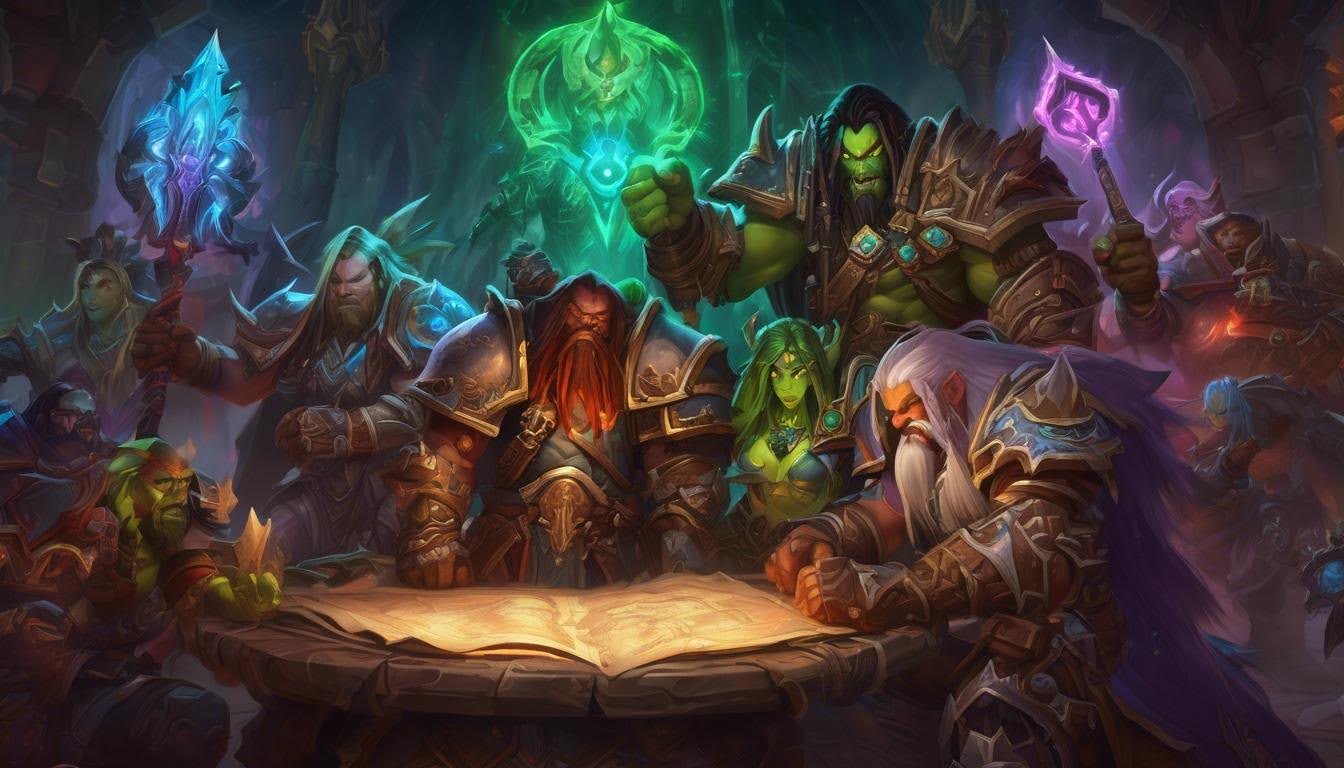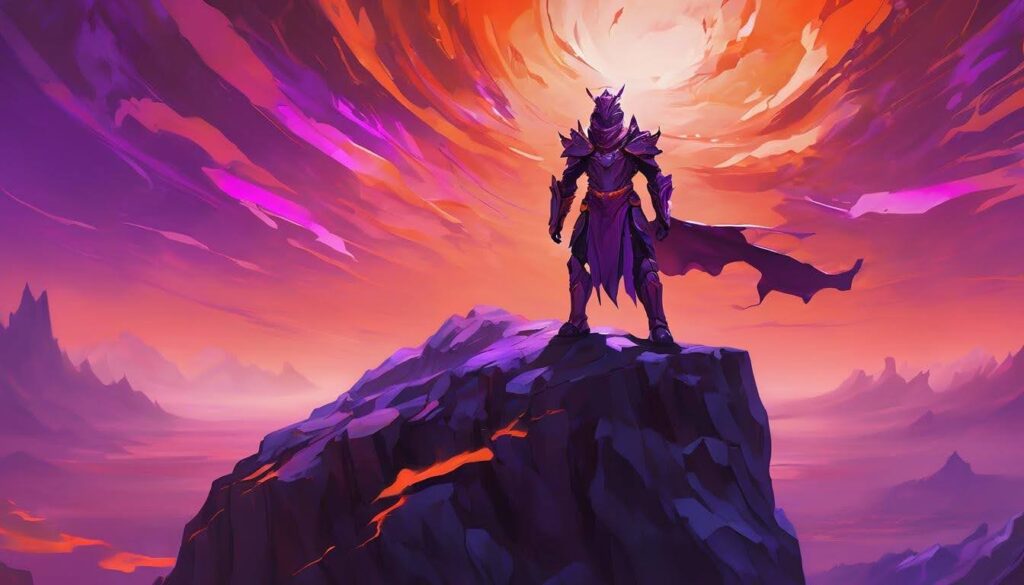
In an industry obsessed with photorealistic graphics and ever-more-powerful hardware, some of the most memorable and commercially successful games of recent years have been 2D. Hollow Knight, Celeste, Hades, Stardew Valley, and Cuphead didn’t compete on polygon counts or ray tracing—they won hearts through distinctive artistic vision, creative style, and emotional resonance that 3D often struggles to achieve.
Working with professional 2D art services allows studios of any size to create visually distinctive games that stand out in crowded marketplaces. Understanding how to leverage 2D design principles, artistic styles, and technical advantages transforms limitations into strengths and budget constraints into creative opportunities.
Why 2D Art Creates Distinctive Gaming Experiences
Artistic Freedom Beyond Realism
The greatest advantage of 2D game art lies in complete artistic freedom. Without the obligation to mimic reality, artists can explore any visual style imaginable—hand-painted watercolors, bold comic book aesthetics, minimalist geometry, intricate pixel art, or surreal dream-like compositions. This flexibility enables games to establish an immediate visual identity that 3D realism can’t match.
Style becomes substance. The visual approach communicates tone and atmosphere before players interact with a single mechanic. A game rendered in stark noir silhouettes feels fundamentally different from one using pastel watercolors, regardless of similar gameplay. This emotional communication through art style creates deeper player connections than technical polish alone achieves.
Clarity and Readability in Gameplay
2D design naturally enhances gameplay clarity. Important elements can be emphasized through color, contrast, or detail level. Player characters stand out against backgrounds through careful layering. Hazards register instantly through deliberate visual language. This inherent readability makes games more accessible and enjoyable.
Three-dimensional games often struggle with visual noise—players can’t distinguish important elements from decorative details. Camera angles obscure critical information. Complex lighting creates confusion. 2D game art design sidesteps these issues through intentional composition, where every visual element serves clear communication.

Performance and Accessibility Advantages
2D games run smoothly on modest hardware. This technical accessibility expands potential audiences dramatically. Players with older computers, budget laptops, or mobile devices can enjoy rich visual experiences without requiring expensive upgrades. This democratization of access translates directly into larger player bases.
The performance headroom also enables other enhancements. Complex physics simulations, massive numbers of simultaneous objects, or sophisticated particle effects become feasible when not competing with 3D rendering demands. Technical resources redirect from graphics processing toward gameplay systems that deepen the experience.
Artistic Styles That Define Unique Experiences
Different 2D approaches create distinctly different player experiences. Understanding these stylistic possibilities helps studios choose directions that align with their creative vision:
| Art Style | Visual Characteristics | Emotional Impact | Production Considerations |
| Pixel Art | Grid-based, limited palette, nostalgic | Cozy, focused, intimate | Lower asset costs, animation-intensive |
| Hand-Painted | Brushstrokes visible, organic textures | Warm, artistic, crafted | Higher per-asset cost, unique identity |
| Vector Art | Clean lines, scalable, modern | Sleek, contemporary, precise | Resolution-independent, faster iteration |
| Sketchy/Rough | Unfinished aesthetic, energetic lines | Dynamic, raw, expressive | Fast production, distinctive look |
| Flat Design | Simple shapes, solid colors, minimal | Casual, accessible, clean | Very fast production, easy localization |
Pixel Art: Constraints That Inspire Creativity
Pixel art thrives on limitations. Working within restricted color palettes and limited resolution forces creative problem-solving that produces distinctive results. Every pixel matters, creating visual efficiency where simple shapes communicate complex ideas.
Modern pixel art evolved far beyond 8-bit nostalgia. Contemporary pixel artists use expanded palettes, sophisticated lighting techniques, and detailed animation that leverages the medium’s strengths while pushing creative boundaries. The style remains accessible to smaller teams while offering depth for dedicated specialists.
Hand-Painted Approaches: Artistic Personality
Hand-painted 2D art services create immediately recognizable visual identities. Whether emulating oil paintings, watercolors, or ink illustrations, these approaches stamp games with an artistic personality that feels crafted and intentional. The human touch visible in brushstrokes and color transitions creates warmth that procedural or photorealistic graphics rarely achieve.
Production demands vary significantly based on the detail level and animation complexity. Static backgrounds can be richly detailed, while animated characters might use simplified forms for practical movement. Balancing these elements requires planning but delivers a visual impact disproportionate to budget investment.
Technical Advantages That Enhance Creativity
Rapid Iteration and Prototyping
2D assets iterate faster than 3D equivalents. Changing a character design, adjusting color palettes, or testing different environmental approaches happens quickly without rebuilding geometry, retexturing models, or re-rigging animation systems. This speed encourages experimentation that improves final quality.
Prototyping with 2D art services enables testing gameplay concepts before committing significant resources. Simple placeholder graphics establish whether mechanics work before investing in final art production. This iterative approach reduces risk while ensuring art direction serves gameplay rather than constraining it.
Layered Composition for Dynamic Worlds
2D enables sophisticated parallax scrolling and layered environments that create depth and dynamism. Foreground, midground, and background elements moving at different speeds produce convincing spatial relationships while maintaining the artistic freedom of 2D design.
These layering techniques extend beyond backgrounds. Character elements, effects, and UI components can be separated into layers for independent manipulation, creating flexibility in presentation and animation. This compositional approach provides visual richness without 3D complexity.
Animation Efficiency Through Techniques
2D animation techniques balance quality with production efficiency:
- Frame-by-frame animation provides maximum control and fluidity but requires more production time
- Skeletal animation reduces asset creation by animating rigged sprites, ideal for complex character movement
- Tweening and interpolation automates transitions between keyframes, speeding up basic movements
- Sprite swapping changes character states instantly, perfect for equipment variations or expressions
- Procedural animation generates movement programmatically for effects and secondary motion
Choosing appropriate techniques for different gameplay elements optimizes both visual quality and development efficiency. Not everything requires hand-crafted frame-by-frame work—strategic technique selection maintains style consistency while managing production scope.
Strategic Use of Color and Composition
Color Psychology in Game Design
Color choices profoundly impact player experience. Warm palettes create inviting, energetic atmospheres. Cool tones suggest mystery or melancholy. Contrast guides attention to important gameplay elements. Professional 2D game art leverages color psychology deliberately to enhance emotional engagement and gameplay clarity.
Limited color palettes force intentional choices that strengthen visual identity. Games using restricted palettes become instantly recognizable—their color choices become part of their brand identity. This constraint also unifies disparate elements into cohesive visual experiences.
Compositional Principles for Player Guidance
2D design excels at guiding player attention through composition. Important elements receive visual emphasis through size, contrast, color, or detail. The eye naturally follows compositional flow, subconsciously directing players toward objectives or highlighting hazards.
Rule of thirds, leading lines, and focal points—traditional art principles—transfer directly into 2D game art design. Backgrounds can subtly direct attention without explicit UI elements. Environmental storytelling happens through deliberate object placement and visual hierarchy. These compositional techniques make games feel intuitive without tutorial handholding.
Creating Memorable Characters in 2D
Silhouette Recognition
Strong character design starts with readable silhouettes. Players should recognize characters instantly from outline alone. This principle becomes especially critical in fast-paced gameplay where split-second recognition matters. Distinctive shapes, proportions, and posture create immediate visual identity.
Silhouette design also aids in character differentiation. Each character or enemy type needs distinct profiles that players learn to associate with specific behaviors or threats. This visual language develops naturally through play, creating intuitive understanding without explicit instruction.
Personality Through Design
2D characters express personality through deliberate design choices. Proportions communicate traits—large heads suggest youthfulness or comedic tones, elongated forms imply grace or mystery. Color associations tie to character roles or narrative themes. Animation timing reveals temperament—quick, snappy movements suggest energy while slower, deliberate motions imply thoughtfulness or weight.
These personality cues function on subconscious levels, creating player connections before dialogue or narrative establishes character traits. Visual design does storytelling work that supports rather than replaces narrative content.
Environment Design That Enhances Immersion
World-Building Through Visual Detail
2D environments tell stories through carefully placed details. Background elements suggest world history, culture, and current state without exposition. Visual consistency establishes believability—even stylized or fantastical worlds require internal logic that players accept.
Detail density requires balance. Too sparse and environments feel empty or unfinished. Too dense and visual noise overwhelms players. Professional 2D art services understand this balance, creating environments that feel rich without overwhelming gameplay clarity.
Atmosphere Through Lighting and Effects
Lighting in 2D differs fundamentally from 3D but remains essential for atmosphere. Strategic shading, rim lighting, and color temperature changes establish mood and depth. Particle effects add life—dust motes in light beams, ambient insects, or magical sparks transform static scenes into living worlds.
Weather effects and day-night cycles provide variety and temporal progression. These systems needn’t be technically complex—simple overlays and palette shifts effectively communicate environmental changes while maintaining performance efficiency.
The Enduring Appeal of 2D
The resurgence of 2D games isn’t temporary nostalgia—it’s recognition that artistic vision and creative gameplay matter more than technical specifications. Players gravitate toward games that offer unique visual experiences, emotional resonance, and clarity of design. 2D art design provides all these qualities while remaining accessible to studios without AAA budgets.
The most successful 2D games demonstrate that limitations inspire creativity rather than restricting it. By embracing what 2D does well—distinctive style, gameplay clarity, and artistic expression—developers create experiences that 3D approaches can’t replicate. The medium’s flexibility enables innovation that pushes gaming forward rather than merely replicating the past.
Studios leveraging professional 2D art services strategically create games that stand out visually, play beautifully, and connect emotionally with players. In markets saturated with similar-looking titles, this distinctiveness becomes competitive advantage. The future of gaming includes room for photorealistic blockbusters and artistically bold 2D experiences—understanding how to maximize 2D’s unique strengths ensures games belong in the latter category.







